It occured to me that some of you may be getting bored of my monthly bread baking posts for Fresh From the Oven. So I will try to keep it brief and breezy but I won’t be offended if you don’t look at it.

Stop looking. You don’t need to see this.

Are you still here?

For goodness sake…this ones not even cooked!
Pervert.
Seriously, turn away now as I am about to write the technical bit.
September’s recipe was for Polenta Bread and it was hosted by Becky at Fraxnits. I think we were all daunted by the 3 provings that this one needed so I set aside a quiet day to make it.
I found the dough very, very wet once I added the cooked polenta, and I had to add many handfuls of flour to get it workable. The first two kneads were more like ‘stirs’ but that usually makes for a good loaf in my opinion.
I realised quite late in the day that I hadn’t got the pine nuts that are supposed to be sautéed in butter and folded into the dough. I was not in the mood to go back to the shops. I texted my new neighbour Alasdair, but there was no reply, I rang another neighbour, Libby, but no, she had no pine nuts, so I carried on and shaped my loaf.
Then at the eleventh hour Al rang back to say he had been at the zoo all day but yes, he had pine nuts in stock! Praise the lord.
That is why my loaf has some on top and non within.
No matter though, it got eaten in a matter of hours, first with butter and then toasted with marmalade. It really does make fantastic toast. I will definitely try adding polenta to a loaf again as it does give a great flavour and crunch. I might just try adding it to one of my regular loaves.
[I have subsequently made several batches of a very standard 500g dough with my usual 2 proves and an added 50g of cooked buttery polenta. It makes a fabulous bread and you can use half the batch for pizza and half for a soft loaf or great breadsticks/doughballs]
Here’s the italian based recipe which is from ‘Bread’ by Christine Ingram and Jennie Shapter.
Polenta Bread
50g polenta
300ml lukewarm water
15g fresh yeast [I used a 7g sachet of instant yeast]
1/2 tsp clear honey
225g white bread flour
25g butter
3 tbsp pine nuts
1 and 1/2 tsp salt
For the topping:
1 egg yolk
1 tbsp water
pine nuts for sprinkling
1. Lightly grease a baking sheet. Mix the polenta and 250ml of the water together in a pan and slowly bring to the boil, stirring continuously with a large wooden spoon. Reduce the heat and simmer for 2-3 minutes, stirring occasionally. Set aside to cool for 10 minutes, or until just warm.
2. In a small bowl, mix the yeast with the remaining water and honey until creamy/frothy (depending on the yeast being fresh/dry). Sift 115g of the flour into a larger bowl. Gradually beat in the yeast mixture, then gradually stir in the polenta mixture to combine. Turn out on to a lightly floured surface and knead for 5 minutes until smooth and elastic.
3. Cover the bowl with lightly oiled cling film and leave the dough to rise in a warm place for 2 hours or until it has doubled in bulk.
4. Melt the butter in a small pan add the pine nuts and cook over a medium heat, stirring, until the pale and golden. Set aside to cool.
5. Add the remaining flour and salt to the polenta dough and mix to a soft dough. Knead in the pine nuts cooked in butter (and the butter). Turn out on to a lightly floured surface and knead for 5 minutes until smooth and elastic.
6. Place in a lightly oiled bowl, cover with lightly oiled cling film and leave to rise in a warm place for about 1 hour or until doubled in bulk.
7. Knock back (punch down) and turn the dough out on to a lightly floured surface. Cut the dough into two equal pieces and roll each piece into a fat sausage about 38 cm/15 inches long. Plait (braid) together the two pieces and place on the baking sheet. Cover with lightly oiled cling film and leave in a warm place for 45 minutes. Pre-heat the oven to 200 C/ 400 F/ Gas Mark 6.
8. Mix the egg yolk and water and brush over the loaf. Sprinkle with the pine nuts and bake for 30 minutes or until golden and sounding hollow when tapped on the base. Cool on a wire rack.




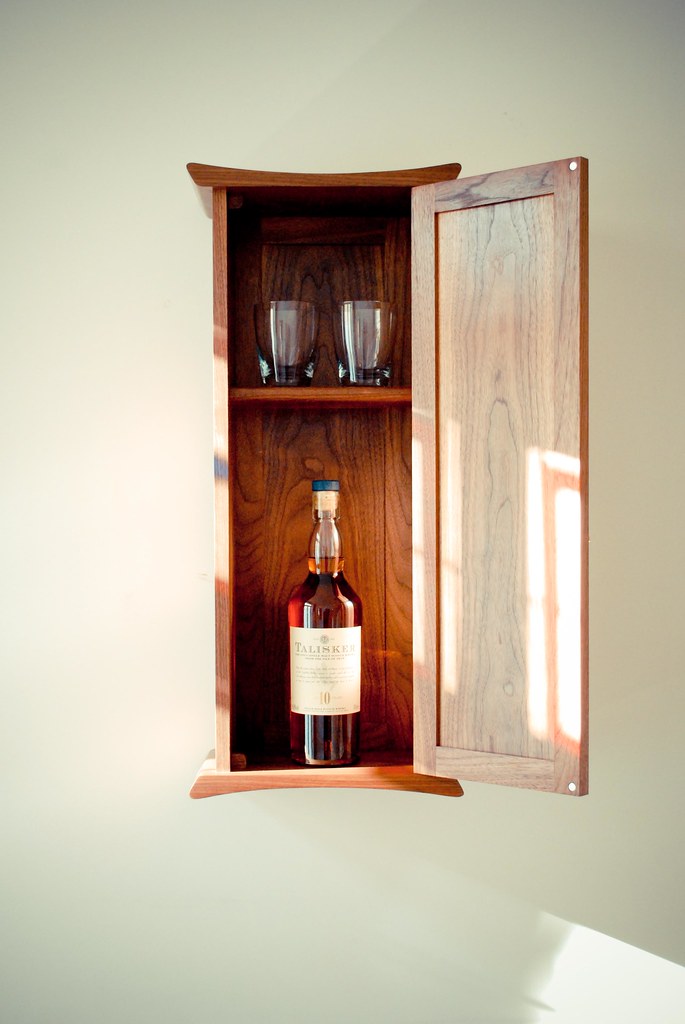
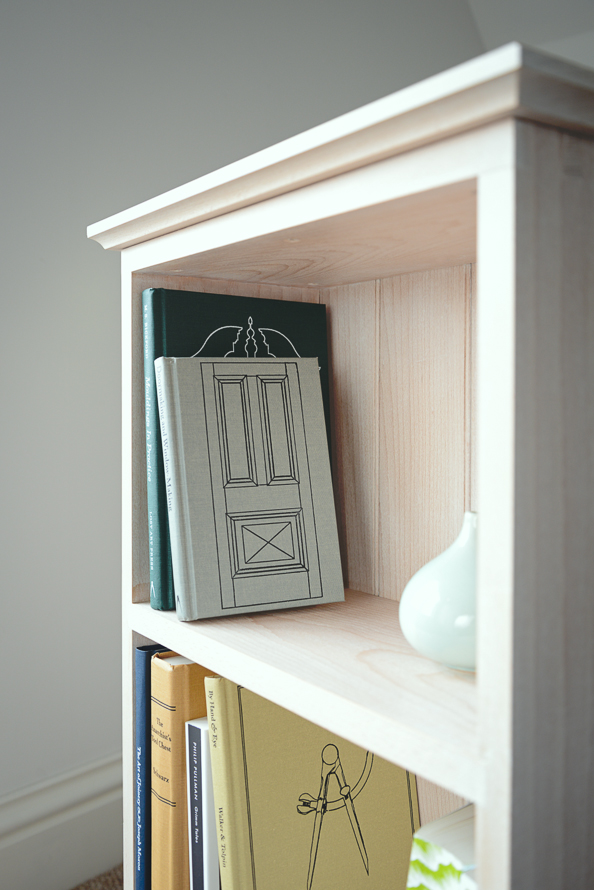

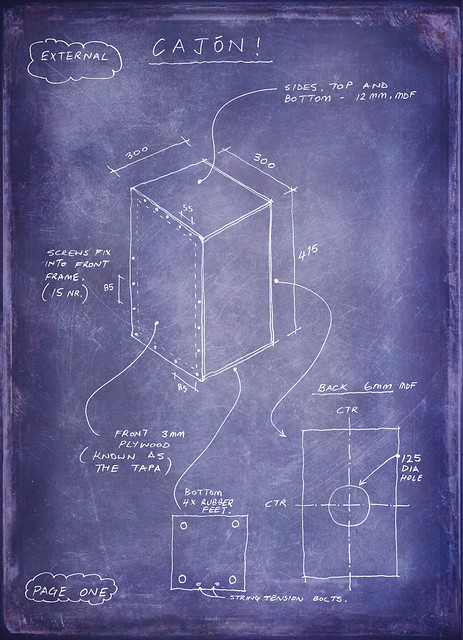


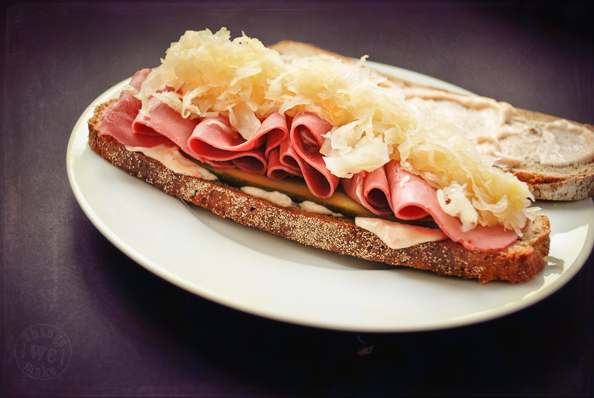
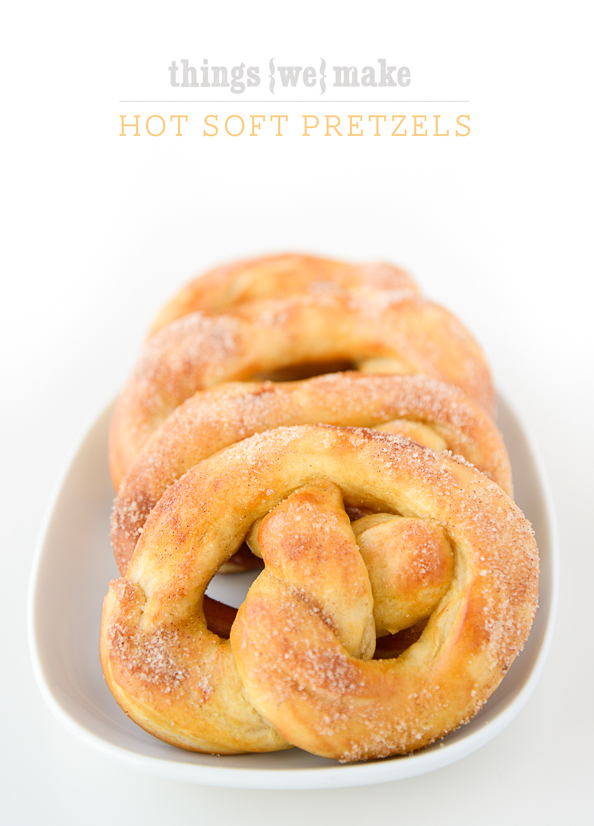




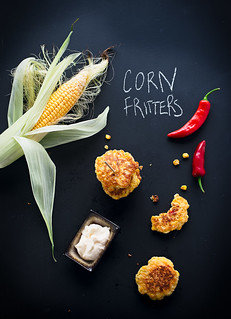






Sally
September 28, 2010
My loaf was the other way round – pine nuts inside and none on top! It was an interesting texture though wasn’t it.
Pretty. Good. Food.
September 28, 2010
Mmm, sounds tasty!
heather
September 28, 2010
i’ve never heard of bread using polenta, but if you swear it’s the best for toasting, i’ll have to try it!
cheers,
*heather*
purelyfood
September 28, 2010
Fantastic photos. I never got to try toasting my loaf, it lasted just long enough for sandwiches for 2 of us for 2 days!
Ashley
September 28, 2010
For goodness sake…this ones not even cooked!
Pervert.
OMG, had me laughing out Loud at my desk here at work.
That looks amazing, a definite must try in my book.
thingswemake
September 29, 2010
He he! Glad I made you LOL! (it is still making me laugh now)
Laura
September 29, 2010
Found your blog from Tastespotting and I have to say that the photos are gorgeous! I know that this sounds dirty, but the shot of the loaves of dough are awfully sexy! And, on a slightly more appropriate note, the recipe sounds scrumptious. I’ll have to try it!
thingswemake
September 29, 2010
Fantastic comment, thanks! Made me giggle. Will check out your blog shortly!
sarah
September 30, 2010
I found the dough quite wet, too. But the end result was tasty, though not crunchy as I was led to believe. I made mine part whole wheat (as usual!) and it was delicious.
Becky
October 1, 2010
Hiya
I am so pleased you enjoyed it, the pictures look great!
The more people I can convert to putting polenta in bread the better. I have been doing it for years and now get complaints if I leave it out!
creativedish
January 9, 2011
Ooh! I’m so glad WordPress led me to this recipe! Love your blog. I will be following now 🙂
thingswemake
January 10, 2011
Welcome to our blog! Yours looks great too. Hope your bread works out well.
Carly
January 20, 2011
I am so going to make this now, but if i have dried yeast….how much should i use do you know in place of the fresh yeast? =) Mmm…crusty bread with butter and jam!
thingswemake
January 20, 2011
Hi Carly. Fraxnits set this recipe and here are her notes: I never use fresh yeast so although this recipe calls for it I shall be substituting my usual active dried yeast.
“I usually convert fresh to dried by dividing the weight of fresh yeast by 3 and using that weight of dried, which I then re-hydrate in the usual way. So for this recipe I used 5g of Active Dried Yeast.”
I think I used a 7g sachet.
Carly
January 21, 2011
Awesome, thanks so much! I’m going to try it now! =)